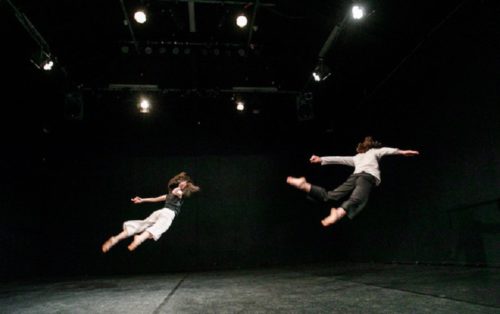
“Hot To Trot”, QL2, Gorman Arts Centre, until November 24. Reviewed by SAMARA PURNELL.
“HOT To Trot” saw a collaboration of young QL2 performers step into the roles of choreographers.
This was the first time for all but one of the dancers to test out choreography, mentored here by Steven Gow and Ryan Stone.
Two short films were included this time around, “Lens” and “We’ll see how long that lasts”. The first, created, filmed and edited by Hollie Knowles, was to experiment with angles and perspective when viewed through the lens. With the complexities and requirements to effectively film dance, this was a way for both choreographer and dancers to gain experience in the pros (spoken about by the dancers as the ability to redo anything you’re not happy with) and cons of filming dance and giving the audience a bird’s-eye view.
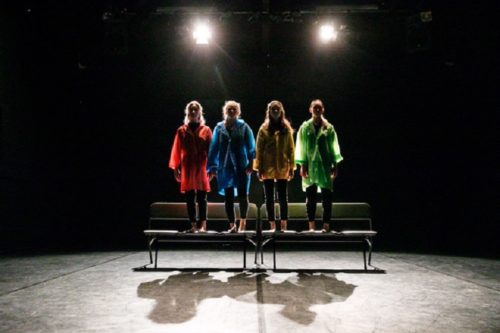
“No one thinks to sit on the roof, do they?” explained the dancers. Some of the routine was filmed in monochrome and watching the playful choreography and the floor work of the dancers, dressed in royal blue tops and black and white striped pants. Busby Berkeley’s cinematic dance routines came to mind as possible inspiration for the routine.
One of the great joys of attending a QL2 production is seeing the boys, of all ages, dance, both individually and with each other, and of seeing that encouraged and nurtured. However, the second film was inspired by some of the dismissive or negative commentary around young boys who want to dance.
The filming began with a young boy experimenting with dance and tumbling around on the lawn out the front of the Gorman House theatre. The boy merges into older versions of himself, still dancing, with lovely leaps and jumps, and a sense of freedom and joy replacing the shyness and shame of the young boy.
The action moves into the theatre where all three boys dance together. There was an abrupt contrast from the over-exposed film outside, to the darkness of the theatre space, that felt counter-intuitive. The angles and editing were appealing and this touching piece, whilst not complex, was a joy to watch.
Danny Riley and Penny Amoore partnered each other in a routine trying to find a balance in decision-making when another is involved. The dancers ran toward each other, dodging contact at the last minute, or engaging. Other sections saw them distant and introverted. The transitions were a little clunky and the explanation that it had been put together in three parts because of the complexity of the topic made sense.
Riley also choreographed “Outside the Box” – a really enjoyable piece with quirky humour and good use of the dance space. Six dancers in school uniforms performed solid partner work, with good synchronicity, balance and timing, portraying the process of making work and career choices – the end result being meticulously co-ordinated carnage.
A routine about disposable, fast-fashion and sweat-shops was poignantly danced and choreographed by Amalia Socha and Ela Parsons. The girls gave a strong performance to the repetitive sound effects of sewing machines, swapping into each other’s lives by stepping through the clothes rack prop. A thoughtful depiction of the desire to empathise and connect with another girl.
Girls in colourful raincoats sitting at a bus stop set the scene for Jett Chudleigh’s piece. A soggy scene, but crispy performed, tightly rehearsed and well-coordinated, the dancers performed sets of repetitive patterns. The sound of rain and the internal monologue of waiting, restless passengers provided the soundtrack for people waiting to have their personal space invaded, to eventually proceed, like lemmings, off stage.
A penchant for all things lemons was the inspiration for Sarah Long’s work. Playful and with tongue-in-cheek, (and possibly puckered lips), she loosely wove the concepts of knowledge, power and response into a nicely choreographed piece, set to brass music, with some clunky sound editing. It was flouncy and expressively danced by Alexandra Postai and Pippi Keough, portraying a fixation on one item, even when it becomes prolific.
“Hot to Trot” was another thoroughly enjoyable, well-rehearsed production from QL2, providing a holistic learning experience for young creators, who have done a commendable job.
Who can be trusted?
In a world of spin and confusion, there’s never been a more important time to support independent journalism in Canberra.
If you trust our work online and want to enforce the power of independent voices, I invite you to make a small contribution.
Every dollar of support is invested back into our journalism to help keep citynews.com.au strong and free.
Thank you,
Ian Meikle, editor
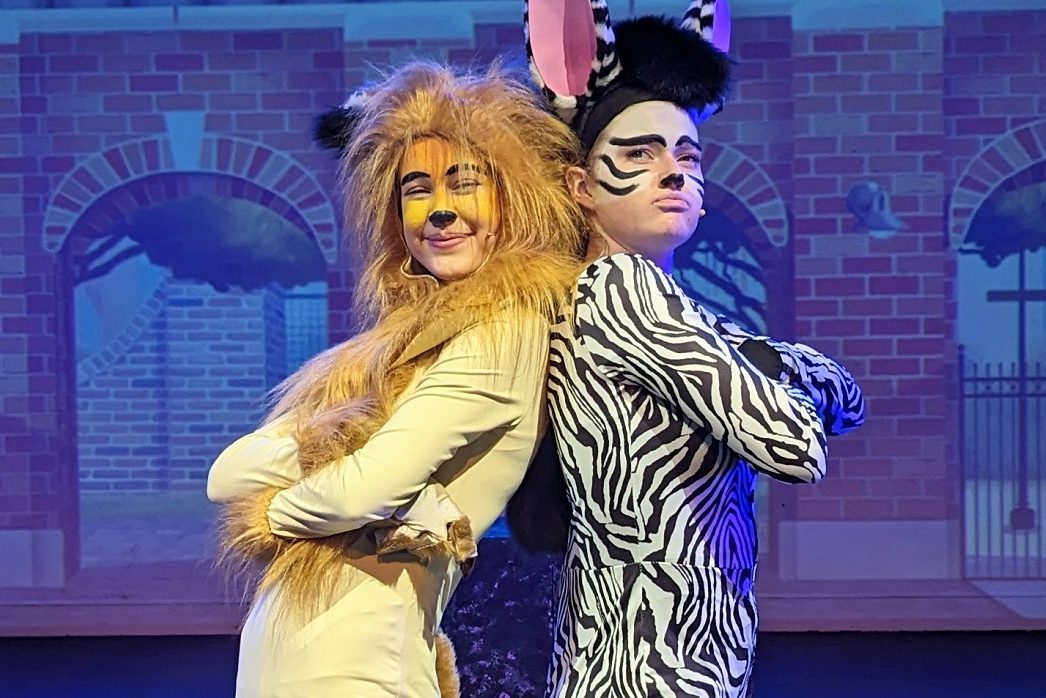
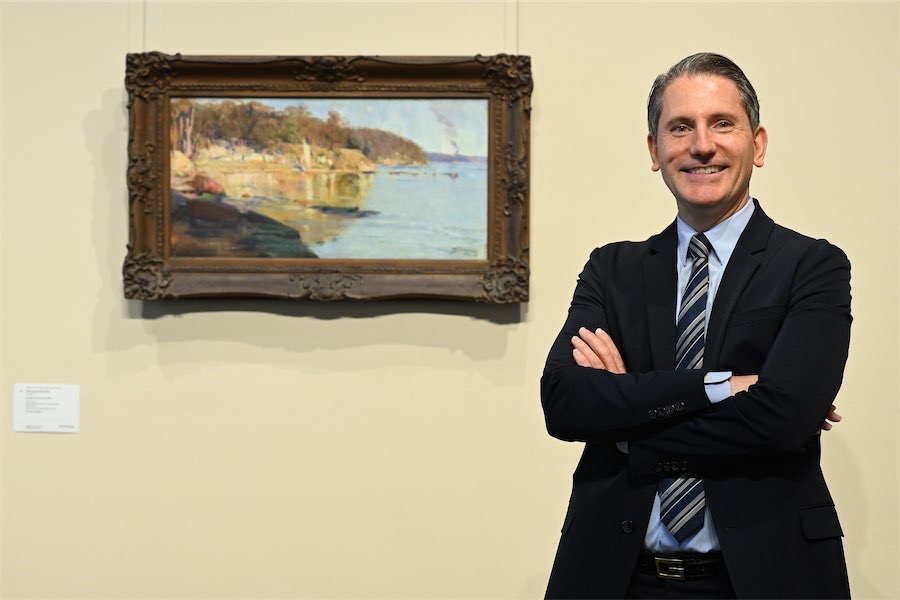
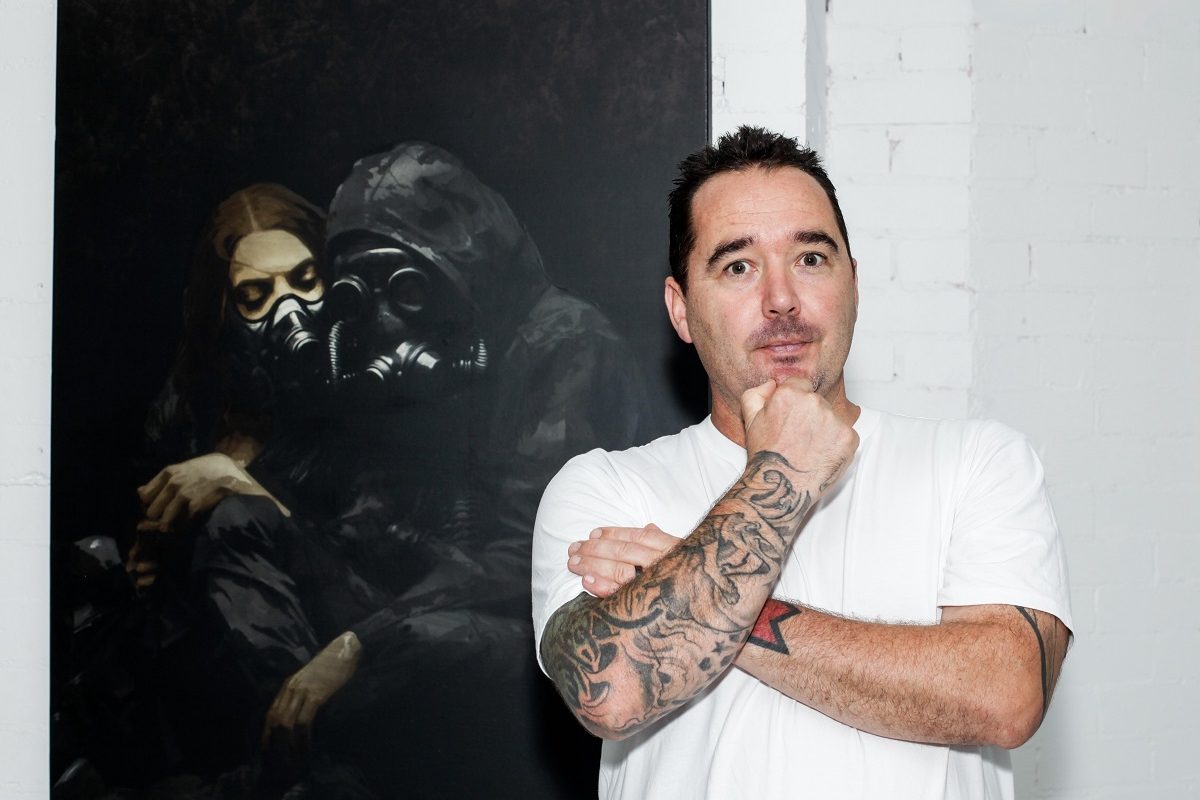

Leave a Reply